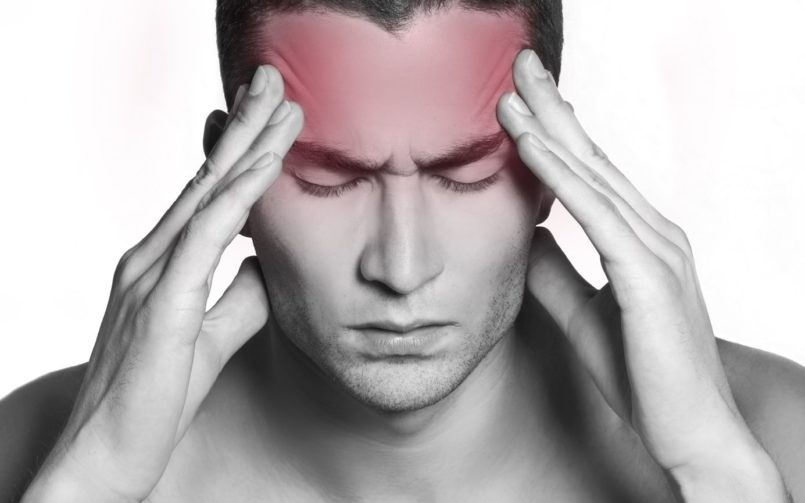
The Headaches They are very common. Almost all of us have had one at some point in our lives. It is estimated that, within a year, almost 90% of men and 95% of women suffer from one. Headaches have different triggers and characteristics. Recognizing the type of headache It can tell you the best way to treat it and whether you should see a doctor. Here I describe some of the different types of headaches.
While it's true that a headache can be intense and even debilitating, most can be treated with pain medication and go away within a couple of hours. But when they occur repeatedly or belong to certain types of headaches, it is important to consult a doctor. Some can not only be treated, they can even be prevented.
The Headaches They can vary in different ways, including: their intensity, location, frequency and cause.
The Headaches are divided into primary (those not caused by another medical condition, headache is the main problem) and secondary (those that are a symptom of something else, such as sudden caffeine withdrawal, or result from trauma to the skull, for example).
Between the primary headaches The most common are:
1. The migraine . Migraines are not completely understood, but researchers think they result when unstable nerve cells overreact to various factors (triggers). Nerve cells send impulses to blood vessels and cause chemical changes in the brain. The result is disabling pain.
Migraine triggers include:
- The use of alcohol
- Changes in eating or sleeping patterns.
- The Depression.
- Emotional stress related to family and friends, work or school.
- Excessive use of medications.
- Strain in the eyes, neck or back caused by poor posture.
- Noise.
- The climate changes.
Its symptoms tend to include:
- Moderate to severe pain.
- Nausea or vomiting.
- Stabbing or throbbing pain.
- Pain that lasts from four hours to three days.
- Sensitivity to light, noise or odors.
- Upset stomach or abdominal pain.
Migraine is the second most common primary headache.
2. He tension headache . This is the most common primary headache. Its symptoms include:
- Consistent pain without palpitations.
- Mild to moderate pain.
- Pain on both sides of the head (bilateral).
- Responds to over-the-counter medication treatment.
- It is worse during routine activities (such as bending or climbing stairs).
3. He cluster headache (known as cluster headache in English). Contrary to popular belief, a cluster headache is not simply a collection of headaches that come together. A cluster headache is a specific type of headache of relatively short duration (compared to a migraine), usually lasting between 20 minutes and two hours. It is always one-sided and is associated with symptoms such as:
- Nasal congestion on one side
- tearing
- Dilated pupil or drooping eyelid.
Cluster headaches tend to occur several times a day for a period of days to weeks, and then go away for a variable amount of time, usually weeks to months.
Treatments for cluster headaches differ significantly from treatments for other types of headaches. By reputation, these headaches are some of the most painful. It is important to have a treatment plan before a group of them begins.
4. He headache due to exertion . As the name suggests, exertional headaches are caused by intense physical exercise such as: running, jumping, lifting weights, bouts of coughing or sneezing, or sexual intercourse. They usually last a short time, but occasionally last up to 2 days. Its symptoms include:
- A stabbing pain throughout the head.
Exertional headaches respond to over-the-counter medications and can often be prevented with a beta-blocker or warm-up exercises. They are more common in people with a history of migraine.
Between the secondary headaches they find each other:
5. He headache due to medication overuse, or rebound headache . This can result from taking pain medicine for more than 15 days in a month. For example: acetaminophen (Tylenol); an NSAID (such as aspirin or ibuprofen; tryptophans, such as sumatriptan, or opioids.
The headache initially goes away, but comes back and becomes daily or frequent like tension pain or migraines.
Your doctor can help you design a withdrawal plan so that you can stop taking the medications and take them no more than twice a week. If you suffer from very frequent migraines, you may be prescribed migraine preventative medications.
In the next column I will describe 4 more types of headaches, their triggers, how you can prevent them, and when you should see a doctor because of the headache.
PRONAPRESA
"Because prevention is better than cure"





















































